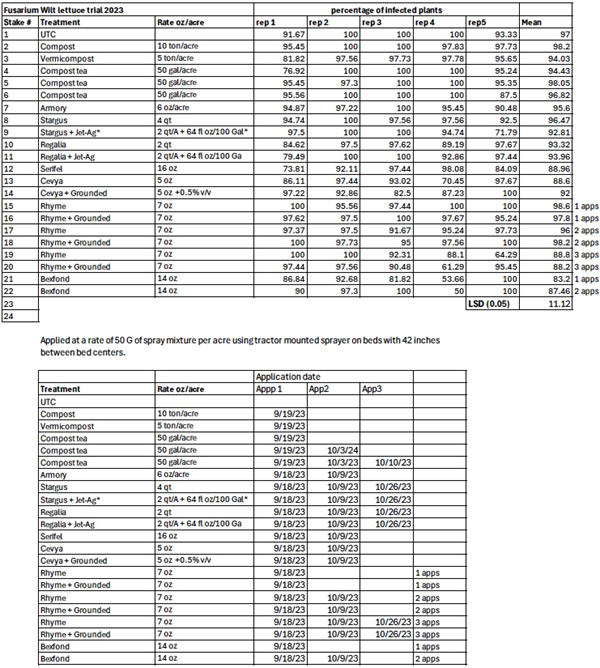-
Apr 18, 2012Whitefly Management on Spring Melons 2012It’s that time of the year to start thinking about management of whitefly nymphs on spring melons. It seems within the last week whitefly adults have become increasingly abundant on melons of all sizes. As temperatures continue to increase (it’s forecasted to be 100+ °F this weekend), feeding damage from whitefly nymphs in the next several weeks should be a concern on all melon types. Honeydew and sooty mold contamination on fruit of cantaloupes, mixed melons and watermelons can significantly reduce quality and marketability. Although whitefly numbers have been low up to now, PCAs should not be complacent in their monitoring and sampling. With the warmer weather, numbers are likely to increase rapidly in the next few weeks. Our research has shown that to prevent melon yield and quality losses, a foliar insecticide treatment should be applied when a threshold of 2 adult whiteflies per leaf is exceeded. By timing sprays based on the adult threshold, immature populations should just be starting to colonize and applying foliar sprays at this stage in population development has been shown to significantly reduce the chance of yield / quality loss during harvest. This threshold applies for the IGRs (Courier, Knack, Oberon), neonicotinoids (Assail, Venom) and synergized pyrethroids. (For more information go to these documents on whitefly management, thresholds and insecticide efficacy). Note: CYSDV is not generally known to be yield limiting on spring melons. However, research to date suggests that fall melons may be at greater risk of CYSDV infection when planted in areas where CYSDV symptoms were found on late spring melons. Thus when practical, it is advisable to keep whitefly populations low on spring melons. This will also prevent potential dispersal in to cotton later in June and July.To contact John Palumbo go to: jpalumbo@ag.Arizona.edu







